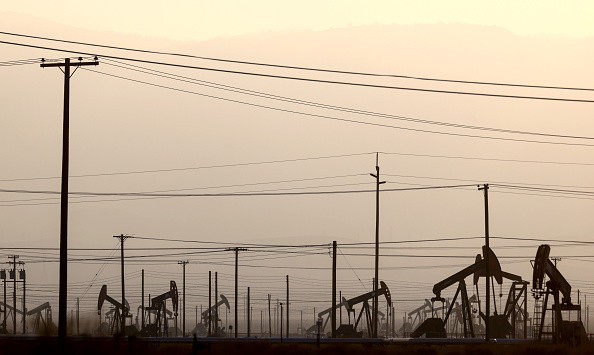Methane is considered harmful to the environment. Humans constitute 60 percent of the methane in the atmosphere. Tracing ancient-old methane-leaking wells is a challenge for environmentalists and scientists as the available records of such wells are rare to find.
However, scientists thought of a clever plan by researching old historical records. They dig into old maps, images, and records to map out and track old wells with a potential methane leaks.
Two individuals headed a treasure adventure research as they quest to address an environmental pressing concern of methane-leaking wells. Natalie Pekney and Jim Sams took the call.
According to the National Geographic article published on September 9, 2022, Pekney is an engineer with the U.S. National Energy Technology Laboratory (NETL), and Sams is a geologist with Leidos.
In addition, National Geographic said that there could be hundreds of unregistered and registered thousands of wells. Data is according to the 2020 Interstate Oil and Gas Compact Commission survey.

The main concern if the fluid from the hazardous wells flows into the groundwater causing pollution and health risks. Moreover, identifying wells that could leak methane is crucial. Unregistered methane-leaking wells emit methane greenhouse harmful to the environment and humans.
Once they confirm the location of wells, they can perform a preliminary analysis of hazardous wells and seal them.
Unregistered wells
Unplugged oil and gas wells in the United States are a source of greenhouse gas emissions-leaking 276,000 tons of methane in 2020. In Pennsylvania, the locations of at least 200,000 wells are unknown, National Geographic reported.
Finding lost methane-leaking wells can allow the Pennsylvania Department of Environmental Protection (PADEP) to plug them and stop leakage. So far, it has located and inspected about 25,000.
In addition, unregistered wells are concerning as plugging wasn't a law before. During the country's first century of gas and oil drilling, there was not much concern about environmental regulations, according to a National Geographic interview with Ron Bishop, a hazardous materials specialist.
It was only during 1870 when the first legislation required all wells should be plugged.
Unregistered wells' location is an important step in reducing methane leakage. The study' State Oil and Gas Agency Groundwater Investigation' says that the Ohio Division of Mineral Resources Management discovered 14 cases of contamination in the groundwater from 1983 to 2007. On the other hand, the Railroad Commission of Texas said that 30 cases of contamination of groundwater were found from 1993 to 2008.
Mary Kang, a civil engineer at McGill University, explained that the data about old wells are conflicting. Kang added that a well could be high methane, but nothing shows the impact on groundwater. On the contrary, a well with no methane could more impact on the groundwater.
Help the research initiative
The significance of concluding dangerous ancient-old wells, records about drillings must be present. As a result, old images or documents from museums, states, or museums are pieces of information to generate a descriptive view and lead to an accurate solution
Anyone with information sources about methane-leaking wells can inform or submit in this portal. The submission could be vital to coordinate with the abandoned oil and gas wells. The data help study methane emissions.
For more similar, don't forget to follow Nature World News.
© 2025 NatureWorldNews.com All rights reserved. Do not reproduce without permission.





